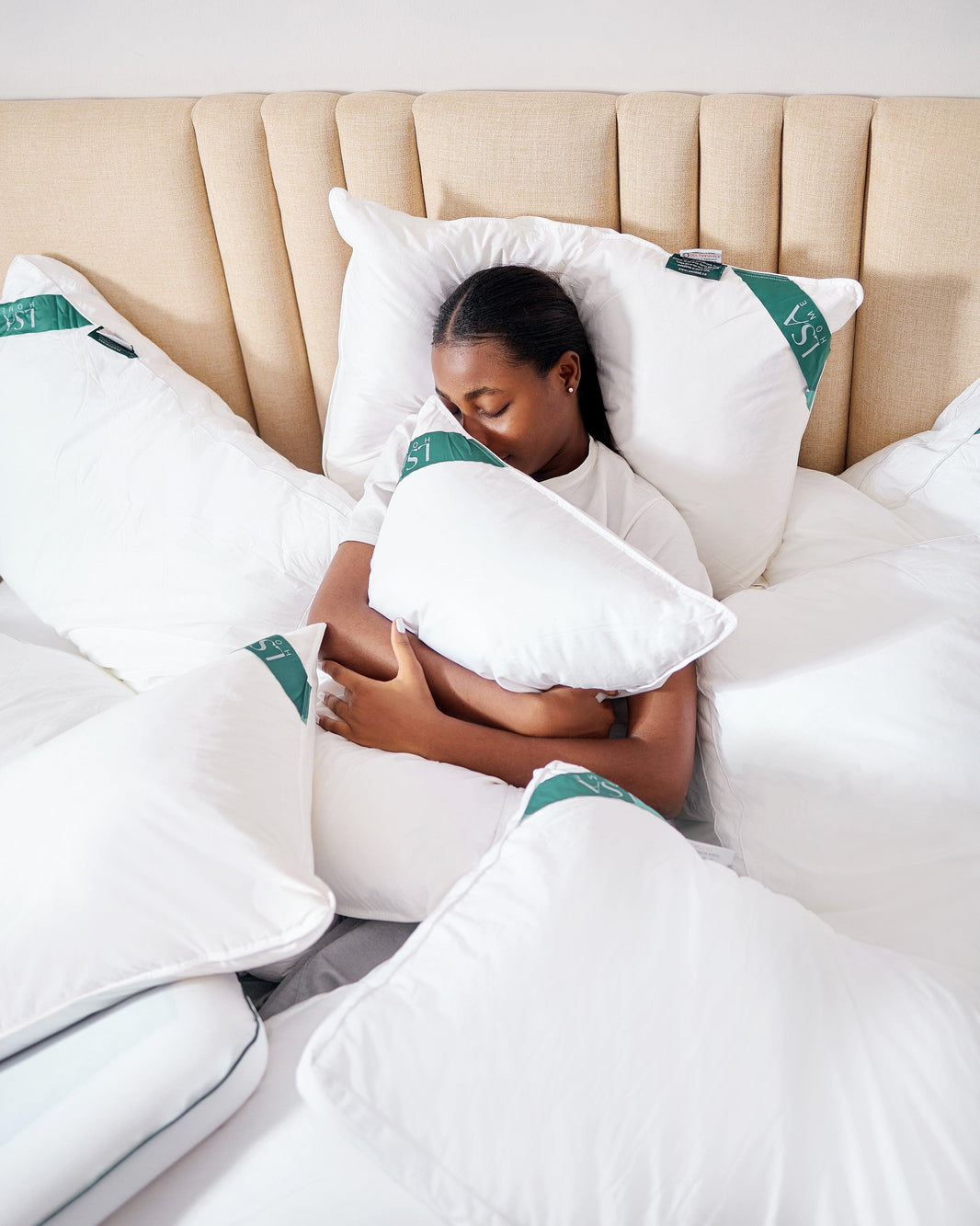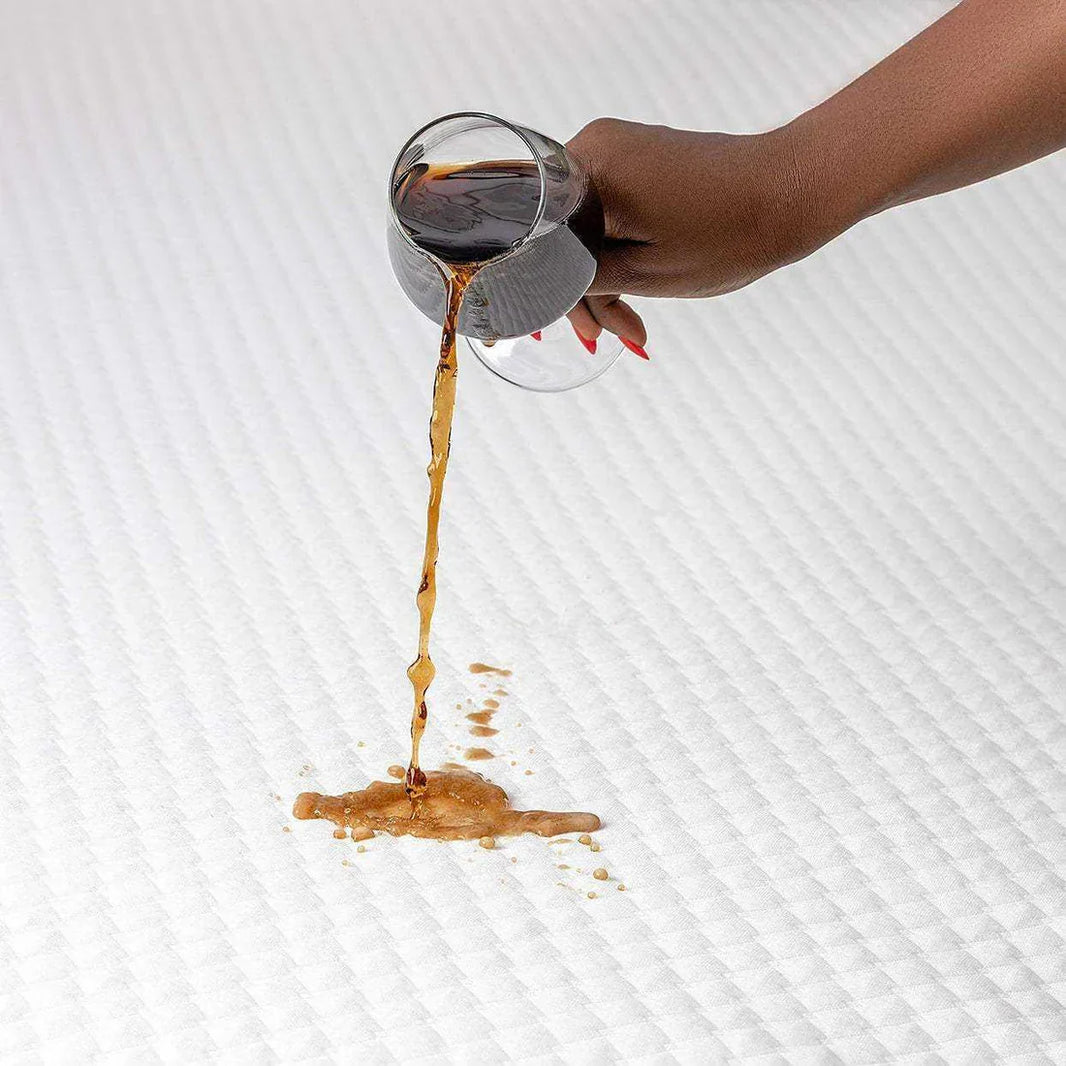If you’ve gone bedding shopping in the past decade or so, then you definitely know about the emphasis on threadcount. Threadcount (sometimes written as TC) is used as an indicator of how amazing the bedding is partly because bedsheets with higher thread count always have a higher price point and if you asked the friendly salesperson why that is so, they will tell you of all the glories of thread count, what it means for your bedsheet and why it’s the best for you.
What really is thread count
Thread count is the measure of how many vertical and horizontal strands of fiber are woven together in a per inch square. . But as consumers like me (and probably you) began equating thread count to quality, manufacturers got clever.
The hack around threadcount
Brands that wanted to market a higher thread count, began weaving two or more strands of thread together to create a two-ply yarn. Since they used two threads instead of one, they began to artificially double the thread count of their sheets on the label. In other words, what was a 300 thread count sheet by traditional measure, was now marketed as a 600 thread count sheet.
An inflated thread count of 600 will not feel any softer than a genuine 300 TC bed sheet, they won’t last longer either, they will simply cost more.
What to look for in bedsheets
Thread counts are important when shopping for bedding, and high TC sheets tend to be softer and of more quality but because of the hacks around it, it shouldn’t be all you focus on as it can be misleading. Good quality bed sheets tend to have a thread count between 200 and 400.
For reference, the highest count possible that a long, single-ply thread will produce is around 400. This is because only around 400 threads will fit on the loom. Anything over a 400-count isn’t going to offer you a higher quality sheet.
Other factors to look out for in bedsheets are:
- Length of fibres
Toxin-free manufacturing - Fibres
Cotton sheets woven from long or extra-long fibres tend to be naturally soft.
Fibres described as “extra-long will often be labeled as Egyptian, Sea Island, or Pima cotton.
Toxin-free manufacturing
Synthetic fabrics, such as polyester, are made with plastics and petrochemicals that can cause rashes or other skin issues. Cotton is a better choice, but the way in which it was grown and produced matters — a lot.
Conventionally grown cotton is dirty, dirty, dirty. It is heavily sprayed with pesticides and then chemically processed into yarn and fabrics. By contrast, organic cotton is grown without chemical inputs and, if the final product is also certified organic, then it has also been manufactured without harmful chemicals as well.
Putting it all together: the best bedsheet
Whether you choose cotton, hemp, or linen sheets, make sure they have not been treated to be resistant to wrinkles, stains, or shrinkage, as these are all signs that you may be inviting chemicals into your bed. Along those lines, also check for wording that indicates they have not been bleached or dyed with harsh chemicals.
If you check these boxes, you should be able to find all-natural sheets that are high on quality and comfort, and free from tricks and toxins. Sweet dreams!


![Demystifying Threadcount: Why You Shouldn’t Care [So Much] About Thread Count - LSA HOME](http://lsahome.co/cdn/shop/articles/demystifying-threadcount-why-you-shouldnt-care-so-much-about-thread-count-134360.jpg?v=1738071984&width=1900)





